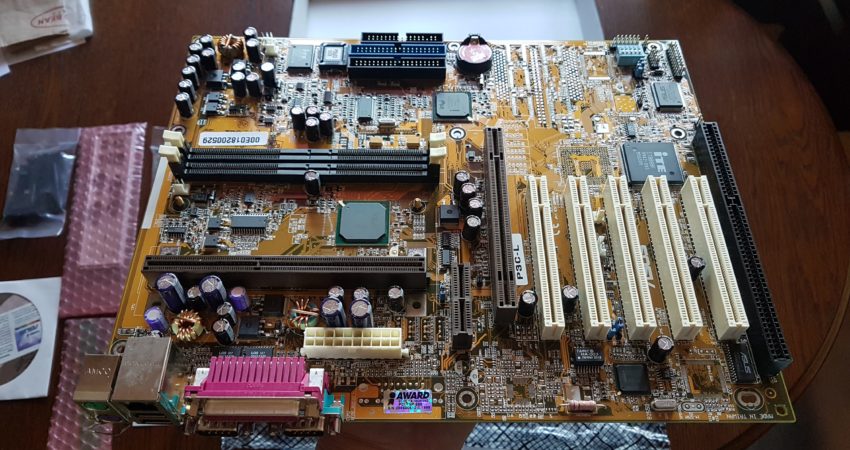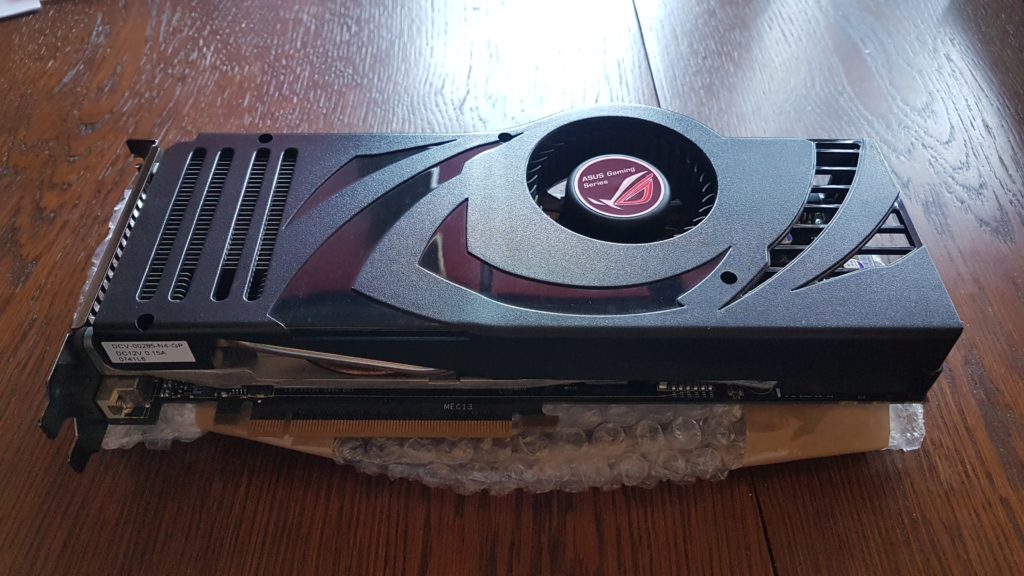While looking for the perfect base of a ProRetroPC model from year 1999 I`ve came across and considered a few motherboards. This year was known from the Intel`s first attempt of stepping forward and going beyond his very successful 440 family chipsets like Balboa (LX), Natoma (FX) and Seattle (BX). SLOT 1 CPU`s were at the and of their lifespan, but backward compatibility was still on Intel`s mind as a nice gesture to end users. Main disadvantage of the 440BX was an 100 MHz system bus. Of course, it was a very stable and mature chip. It could easily work on 133 MHz bus (just like on my Asus P2B-F mobo with advanced bios features), but it was lacking a special FSB divider for the AGP Port. To make a long story short, you simply have to overclock AGP as well as FSB. This can result in an instability of certain systems due to graphics card running too fast on a 88 MHz AGP. PCI could be divided by four in more advanced boards, but AGP was a fixed value which normally resulted in 66 MHz interface speed. This is were the i820 Camino chip comes into play 🙂 According to Asus it delivers “Everything” over 200% 😀
Of course, a very cold welcome was waiting for the new kid on the block. Mainly because of it`s advanced 400 MHz RAMBUS memory interface which was very expensive at the time. Asus offered special dimm riser for SDRAM with a separate Memory Translator Hub on the board to accommodate old memory modules. Later, the MTH was an integral part of the board just like on P3C2000 mobo version for example. But that was not all, new chip was not so rock solid stable as it`s older brother and the real benefit from extra 33MHz FSB speed was rather moderate. But after almost 19 years, it does not really count at all 🙂 Every platform upgrade option provided by the manufacturers, will not be tolerated by consumers while it does not deliver significant performance upgrade. But form the historical point of view, Intel had to let go to his old architecture and lithography. All in all i82820 (production code number for Camino) chip lost his heat sink due to 0.10 micron die shrink compared to former LX/BX 0.35 nm resulting in a very modern at the time 0.25 nm lithography. It also laid the foundation for a very successful i815 family (code name Solano) which were the last high performance Pentium III companions. But let`s focus on my specific motherboard, that I was able to acquire. What is so special about my Asus P3C-L is the fact that it is brand new 😀
All accessories are factory sealed, and this fact is giving me a hard time to get this board running as it should be. Just like old cars, in my opinion old electronics should work and give fun to it`s owners. But I have to be honest, state od the board is still the same as I received it – all factory sealed 😀
As a separate gift, after few attempts I have finally got my hands on the third 8800 Ultra for my G80 project mentioned here.
Card is not brand new like the board, but it`s LIKE NEW. Not-a-single-scratch 🙂 Nice add on for my 2007 parts family. Last piece missing is the QX9650 which was the Intel`s most powerful CPU for this year. I have the QX9770 but it is a year older and fits the system with DDR3 interface more accurately. ProRetroPC model for year 2007 will be powered by nForce 780i and overclocked DDR2. I`m saving my QX9770 for the 2008 build with nForce 790i, DDR3 and second Quad SLI setup on this page 😉




Leave a Reply